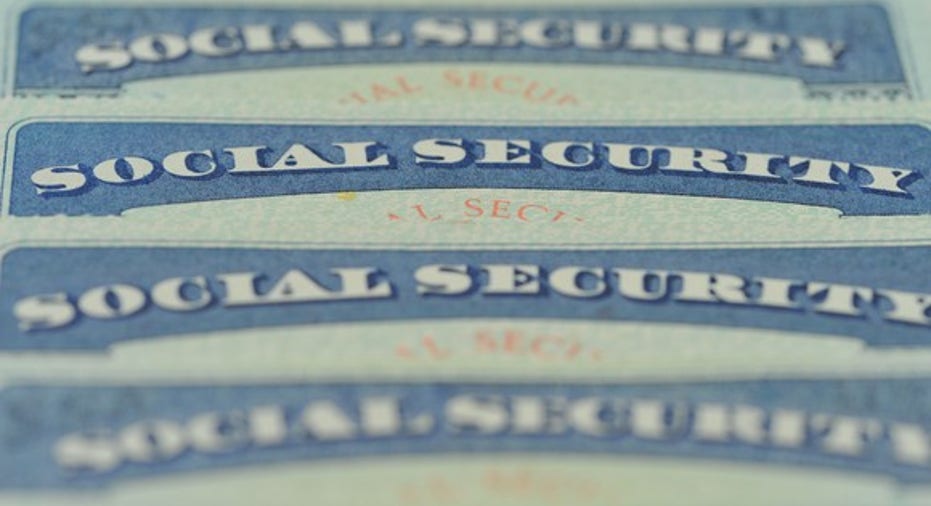The "Stealth" Increase to Social Security Taxes Happening This Year

If you take a look at your pay stub, you'll see a number of wage withholdings that go to pay various taxes. The withholding for Social Security is 6.2% of your wages, but only for the first $118,500 for the year. However, that limitation has changed starting in 2017.
With little fanfare, the Social Security Administration has raised the Social Security wage cap from $118,500 to $127,200. That's a tax bump of 7.3% for high earners. As a result, the maximum amount of Social Security tax you can pay for the year will increase from $7,347 to $7,886.40. This is the largest one-year increase in the Social Security taxable earnings cap since 1983.
6.2% is only half the story
That 6.2% tax withheld for Social Security from your wages isn't the only tax money that goes to the Social Security Administration. Your employer also has to pay 6.2% of your salary out of its own pocket for Social Security. If you're self-employed, you have to pay both sides yourself, resulting in a 12.4% Social Security tax -- and an even more significant tax bump in 2017. The IRS does sweeten the self-employed taxpayer's deal somewhat by allowing them to deduct half of their self-employment taxes from their taxable income.
Image source: Getty images.
Where the money will go
Contrary to common belief, the Social Security taxes from your paycheck aren't set aside for your own benefit. The taxes that the Social Security Administration collects today pay for the benefits of current retirees. Any money that's left over goes into the Social Security trust funds for future use.
In January 2017, retirees received a 0.3% cost-of-living increase to their Social Security benefits. That works out to around $5 extra per month for the average recipient. The maximum Social Security benefit has also gone up slightly for workers who retire at full retirement age, from $2,639 to $2,687. These increases are part of the reason for the taxable-income bump.
How the new tax might affect you
If you make more than $118,500 a year, your take-home pay will go down slightly because of the additional Social Security tax. Because your employer will also be paying more, it will have to make up for the increased expense somehow, perhaps by cutting wages or deciding not to provide raises in the near term. Thus the increase to the employer's side of the tax equation may affect you indirectly.
What you should do about it
If your employer offers you access to a 401(k) plan, consider bumping your contribution to lower your taxable income. Because 401(k) contributions are made with pre-tax dollars, the more you contribute, the less money there is to be hit by that Social Security tax (or any other tax, for that matter).
If you don't have a 401(k) plan, the next best option is to maximize the tax deductions that lower your adjusted gross income. These deductions are valuable because the lower your AGI, the lower your income tax bracket. On top of that, a lower AGI may help you qualify for other deductions and credits that have income caps. These deductions include the traditional IRA contribution deduction, the tuition deduction, the student loan interest deduction, and the health savings account deduction, among others.An experienced tax advisor can work with you to help maximize these and other deductions and generally reduce your tax liabilities. With some careful planning, you can likely cancel out the effects of your increased Social Security tax bill.
The $16,122 Social Security bonus most retirees completely overlook If you're like most Americans, you're a few years (or more) behind on your retirement savings. But a handful of little-known "Social Security secrets" could help ensure a boost in your retirement income. For example: one easy trick could pay you as much as $16,122 more... each year! Once you learn how to maximize your Social Security benefits, we think you could retire confidently with the peace of mind we're all after.Simply click here to discover how to learn more about these strategies.
The Motley Fool has a disclosure policy.